Your cart is currently empty!
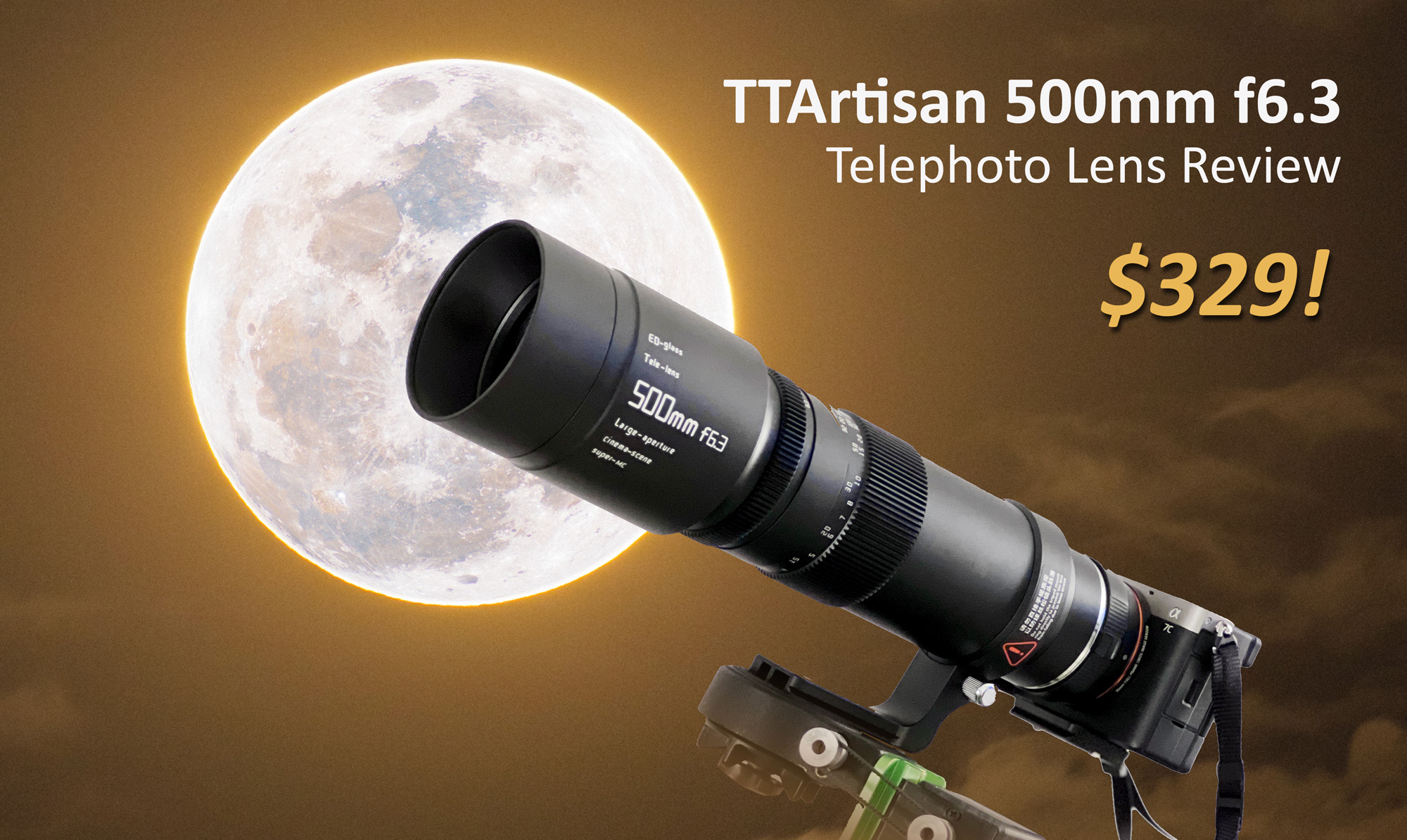
TTArtisan 500mm f6.3 – Is it good for astrophotography?
I’ve been playing with the $329 TTArtisan 500mm F6.3 telephoto lens for a few months and I put it through its paces. In this blog I’m going to tell you all about it from the point of view of an astrophotographer. Grab a hot beverage and sit back, this is going to be an interesting read.
Disclosure
First thing first, TTArtisan kindly sent me this lens for review, free of charge and I get to keep it. No money exchanged hands and what I write here is all my own thoughts. They don’t have any say into how I review it.
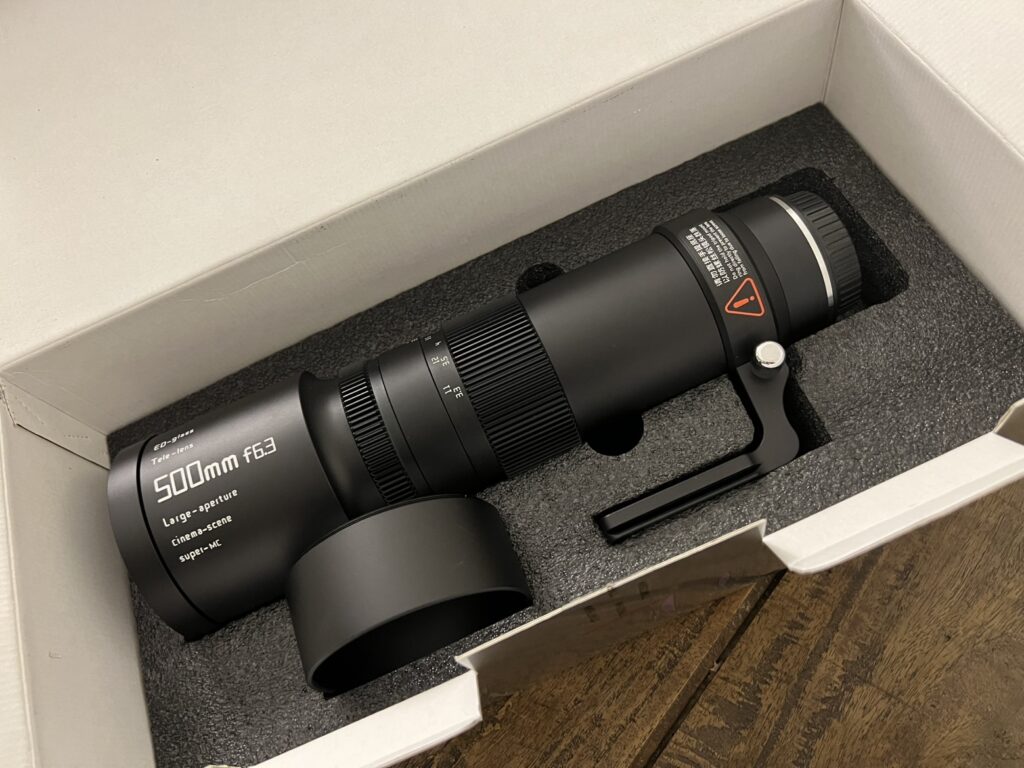
Okay, let’s move on. I got really intrigued by this lens for mainly two reasons. First the price. It’s only $329 USD!! That’s way cheaper than most decent lenses if it’s class (I’ll tell you why it’s so cheap in a bit) and secondly it has a nice focal length of 500mm which is great for shooting the moon and many deepsky objects. TTArtisan does promote it as a wildlife and sports lens but I don’t see myself using it for that with any satisfactions because it lacks some very important features for that purpose. But what might seem like a disadvantage is actually very desirable for astrophotography.
Build Quality and Handling
The build quality of this lens is surprisingly good. Everything is made of metal including the lens hood and the lens cover. The markings are clear. They are engraved and filled with white paint. The specs are also printed on the side of the lens in BIG fonts so no one will miss the fact that you are using a 500mm lens!
The lens feels solid while handling. The focus and aperture rings operate very smoothly but has high resistance. The aperture ring rotates 90° to go from f6.3 to f32. The Focus ring rotates about 180° to go from nearest to infinity focus. Both the rings have gear profiles which can be used with a follow focus system as TTArtisan markets this as a Cinema lens. The focusing is done internally so the length does not change as you adjust focus. This is useful while doing astrophotography.
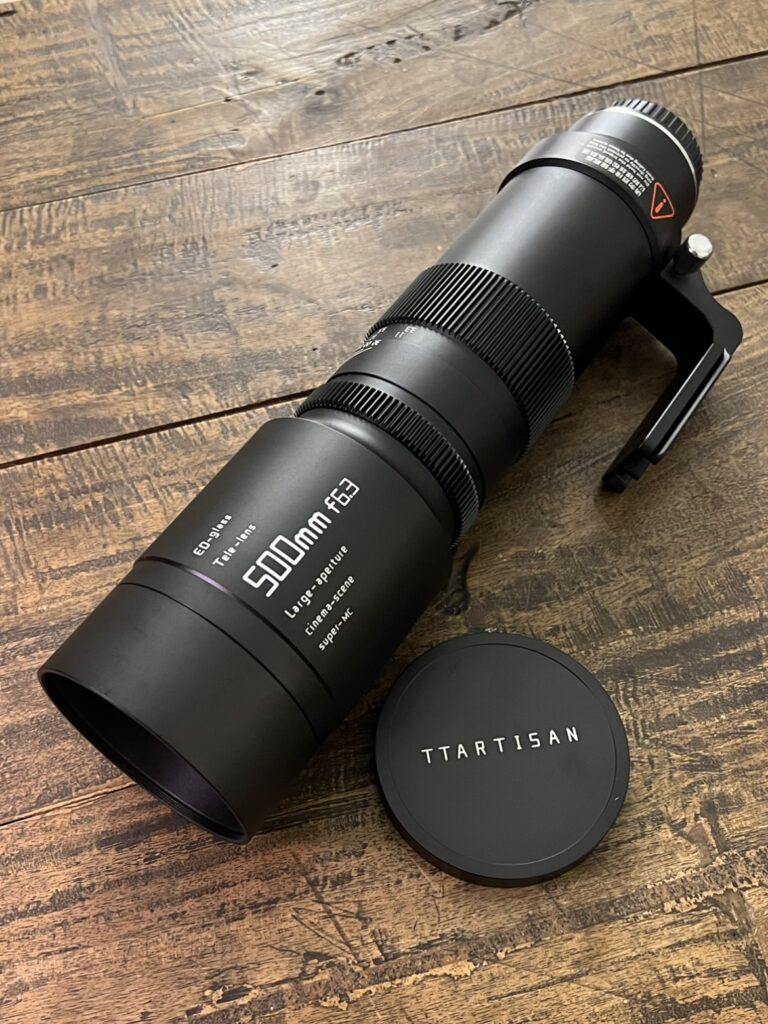
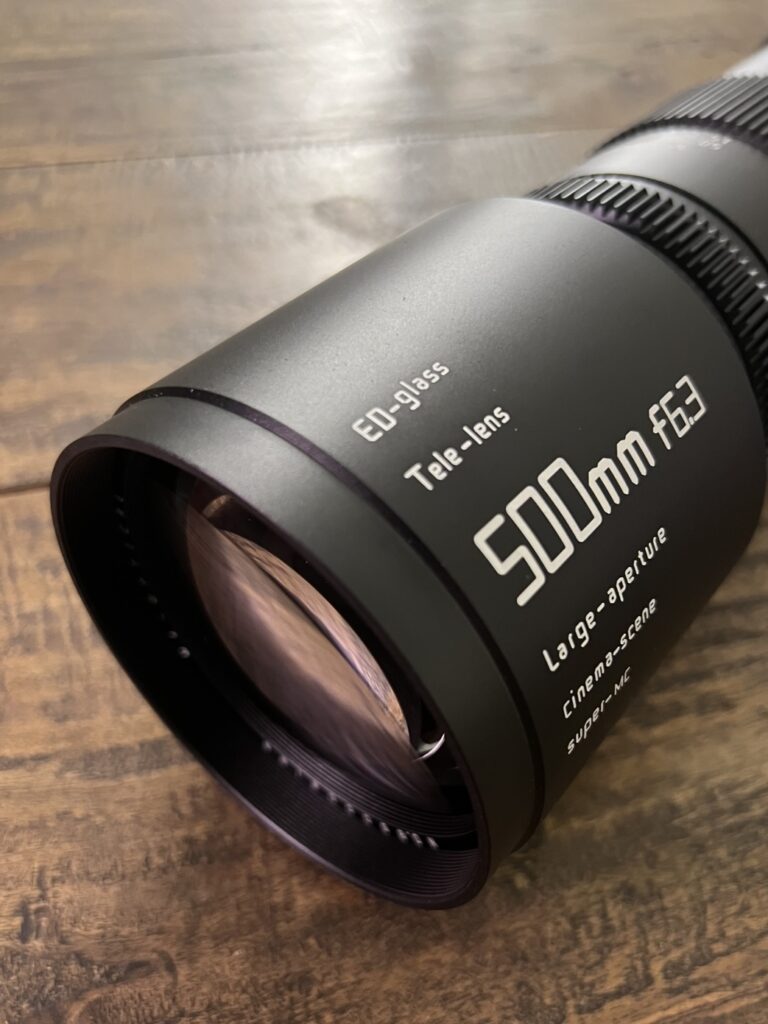
The lens comes with a removable tripod mounting ring but unfortunately the base is not compatible with arca profile. Meaning you have to use a separate base plate to attach it to your tripod. The base has two 1/4 screw holes to attach a base plate. I hope TTArtisan improves on this issue and make the base arca compatible so it can be mounted to a tripod without any additional attachments.
The lens is made of 8 elements of which two are extra low dispersion or ED glass which helps minimize chromatic aberration.
I went for the Canon EF mount version even though I use Sony cameras and I’ll tell you why in a bit. Overall I was impressed about the first impression and took it out for a spin to shoot the moon and some stars.
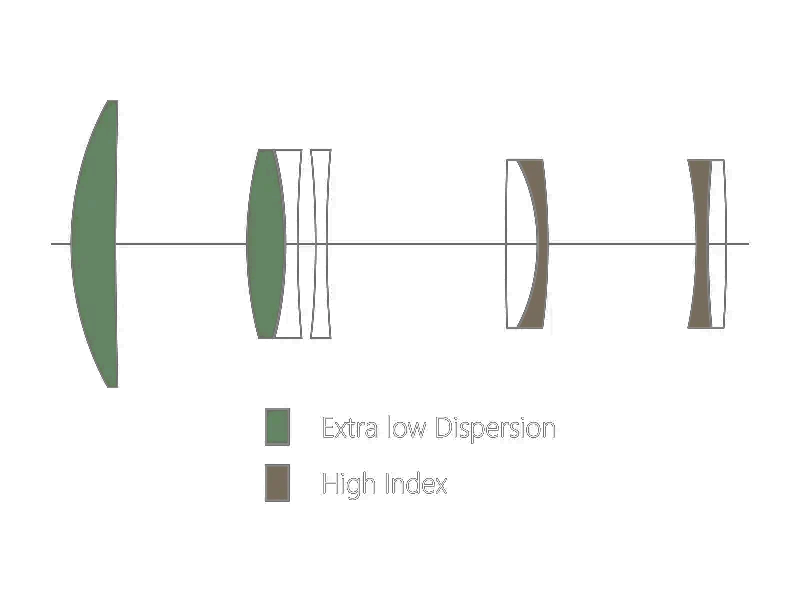
Specs
| Focal Length | 500mm (Fixed) |
| Maximum aperture | f6.3 |
| Minimum Aperture | f32 |
| Angle of view | 5° |
| Focus Control | Manual |
| Aperture Control | Manual (Declicked) |
| Optical Design | 8 elements in 5 groups |
| ED Elements | 2 |
| Lens hood included | Yes |
| Mount Options | E/Z/RF/L/X/GFX/EF/F |
| Tripod mounting ring included | Yes |
| Construction | Full Metal Body |
| Full frame image circle | Yes |
| Closest focus distance | 3.3m |
| Filter Diameter | 82mm |
| Diaphragm blades | 12 |
| Weight | Around 1564 – 1617g (Depending on mounts) |
| Length (EF Mount) | 290mm body + 35mm lens hood |
What is it good for?
Being a fully manual lens and a slow aperture of f6.3, I don’t find it very useful to do any wildlife or action photography with this. It has no built-in image stabilization hence the lower price. At its maximum aperture of f6.3 it is not ideal for fast subjects. So, not only one has to scramble to find focus but also keep the subject steady in frame. Forget about shooting your kids during their soccer match.
However, this is not a problem when shooting static or slow moving targets like landscapes, the moon and the stars. Focus is usually done manually and Image stabilization has no use for astrophotography. Your lens is often mounted on a tripod or a star tracker that locks on to your subject. So, in my opinion this lens is really best suited for astrophotography. If you are starting out and don’t want to break your bank on expensive telescopes, this might be a really good option!
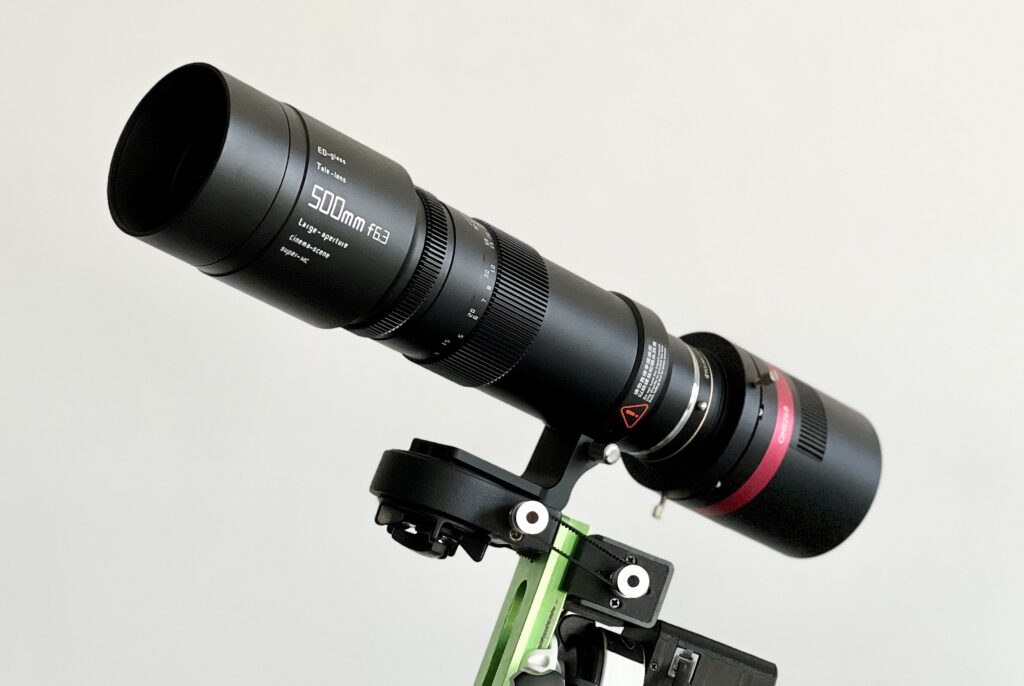
If you are considering this lens for astrophotography, I recommend going for the Canon EF mount even if you use mirrorless or other camera brands and that is because of the back focus distance the EF mount provides. I use Sony mirrorless cameras myself but went for the EF mount because I also plan to use this lens with my dedicated cooled astro cameras. The 44mm back focus of the EF mount gives me the option to use an adapter where I could use 2″ astro filters like Ha, OIII or a light pollution filters. It is even possible to use a filter wheel if you desire. It’s always good to plan ahead.
Sample Images
Before you see the shots I took with this lens, you should know a bit about my techniques and my approach. I like to take as much advantage of my gears as possible. I work quite a lot in post to clean up my images and present it the best way I can. Don’t expect your images turning up like mine if you are taking a single handheld shot and judging the lens for that. And that being said, I was very surprised by the result this lens produced. Check out the images I shot and then we’ll talk about the pros and cons of this lens.
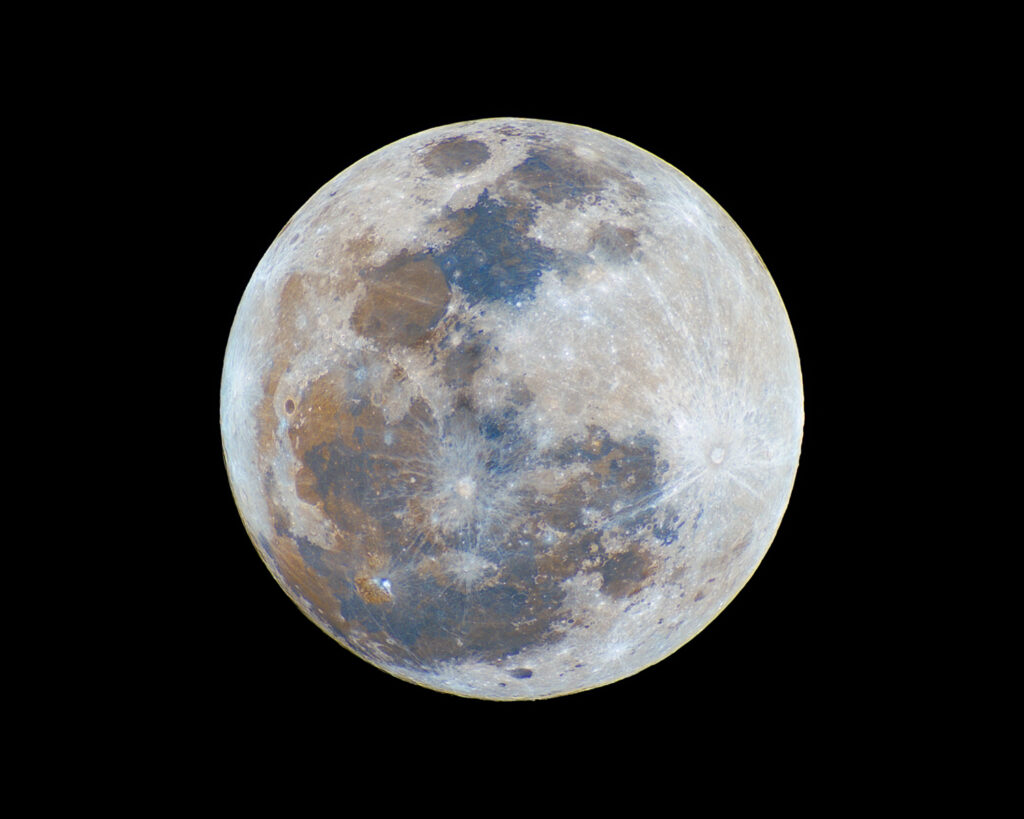
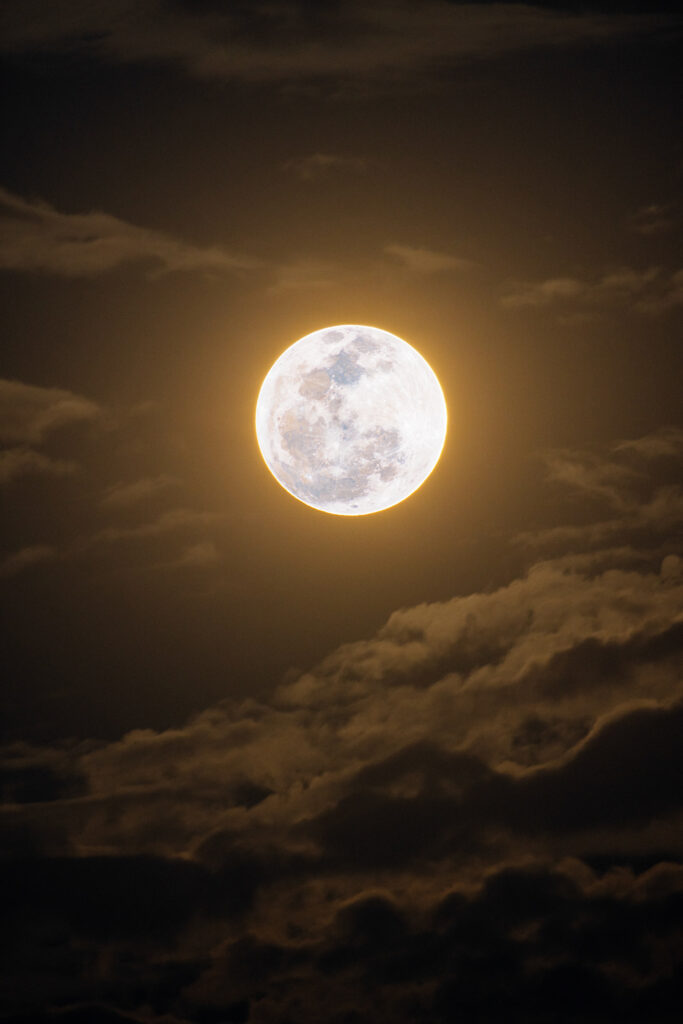
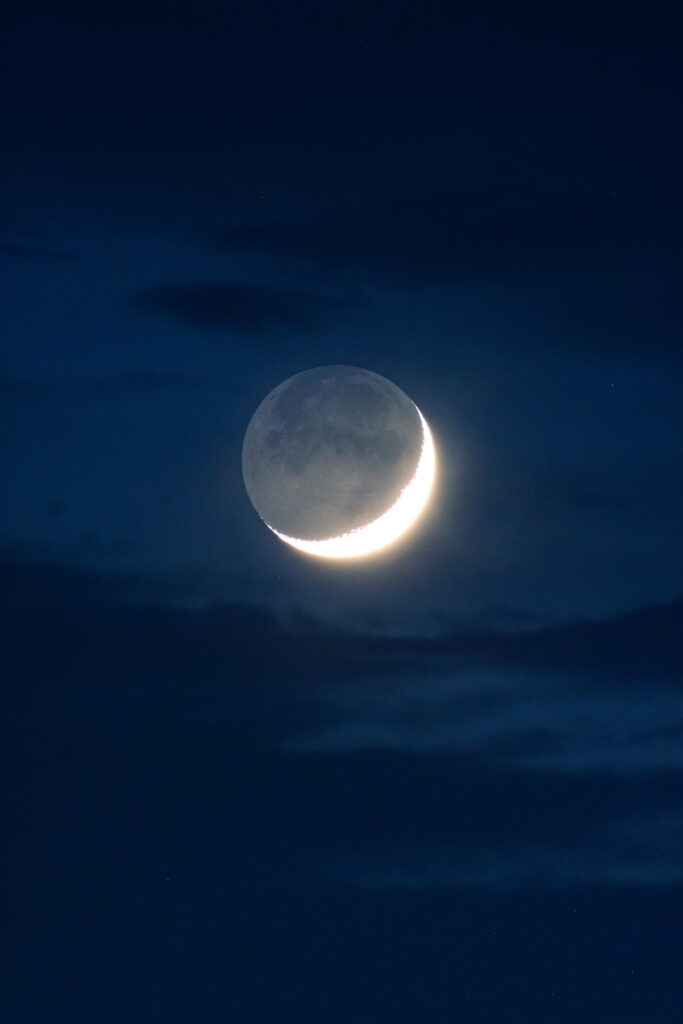
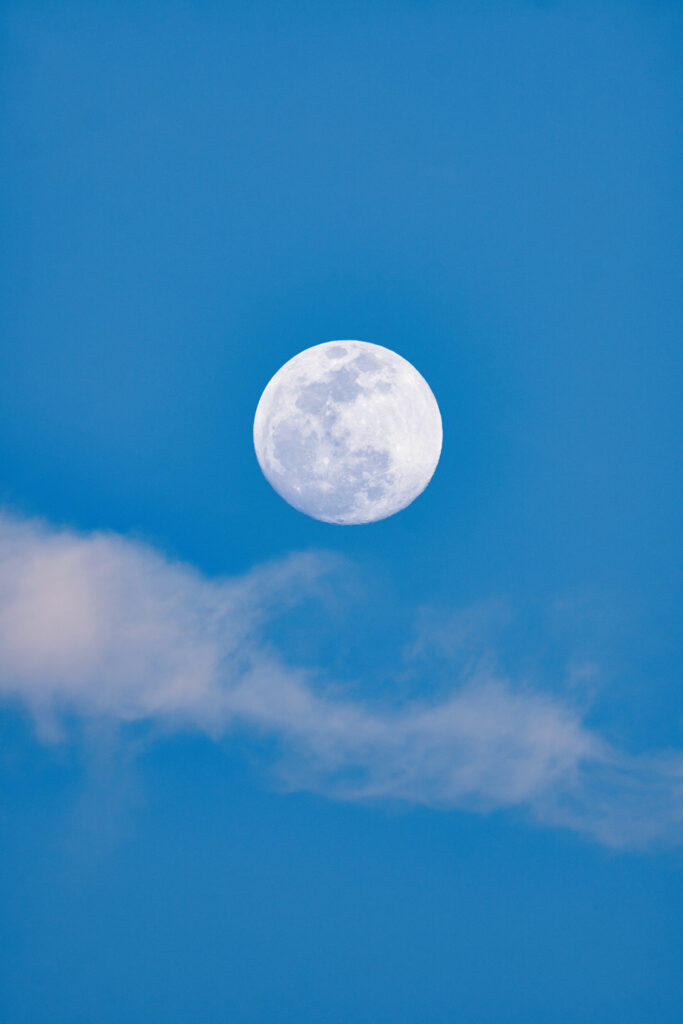
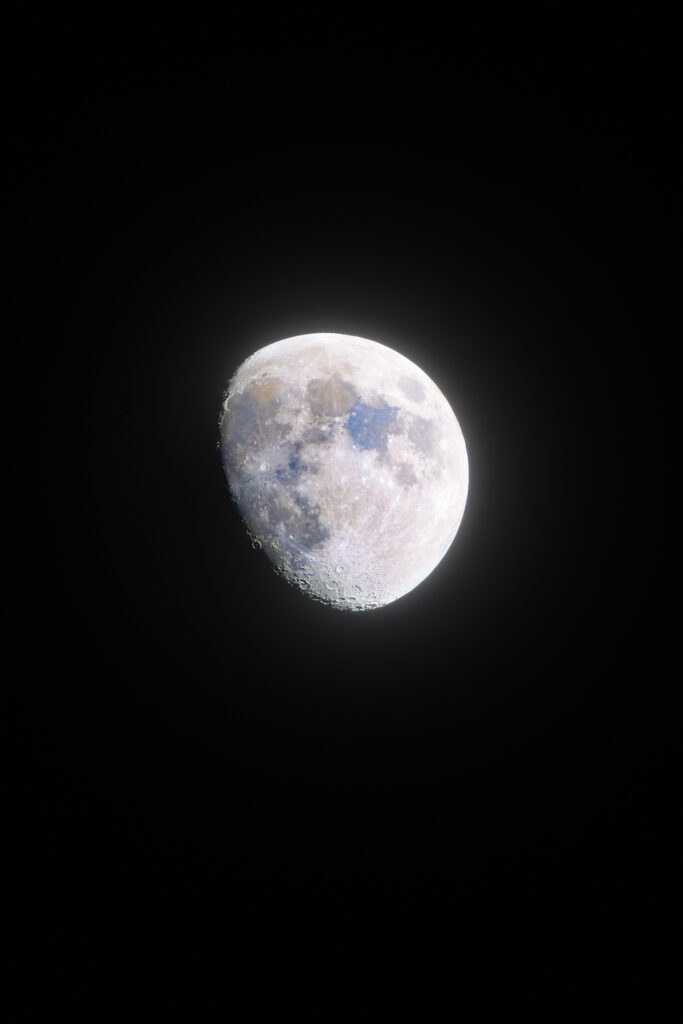
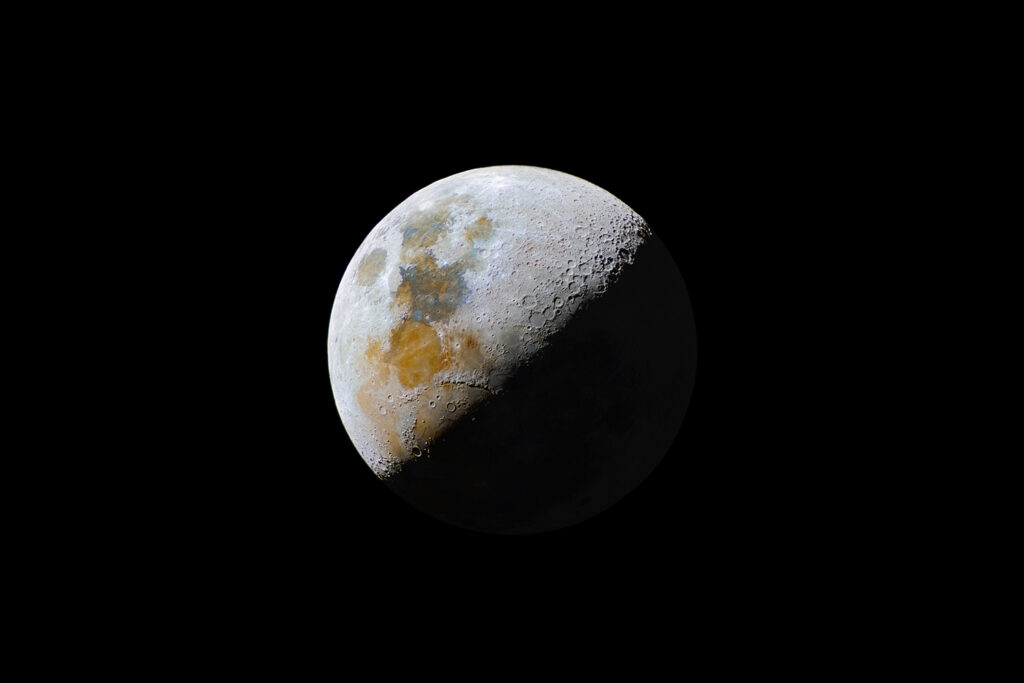
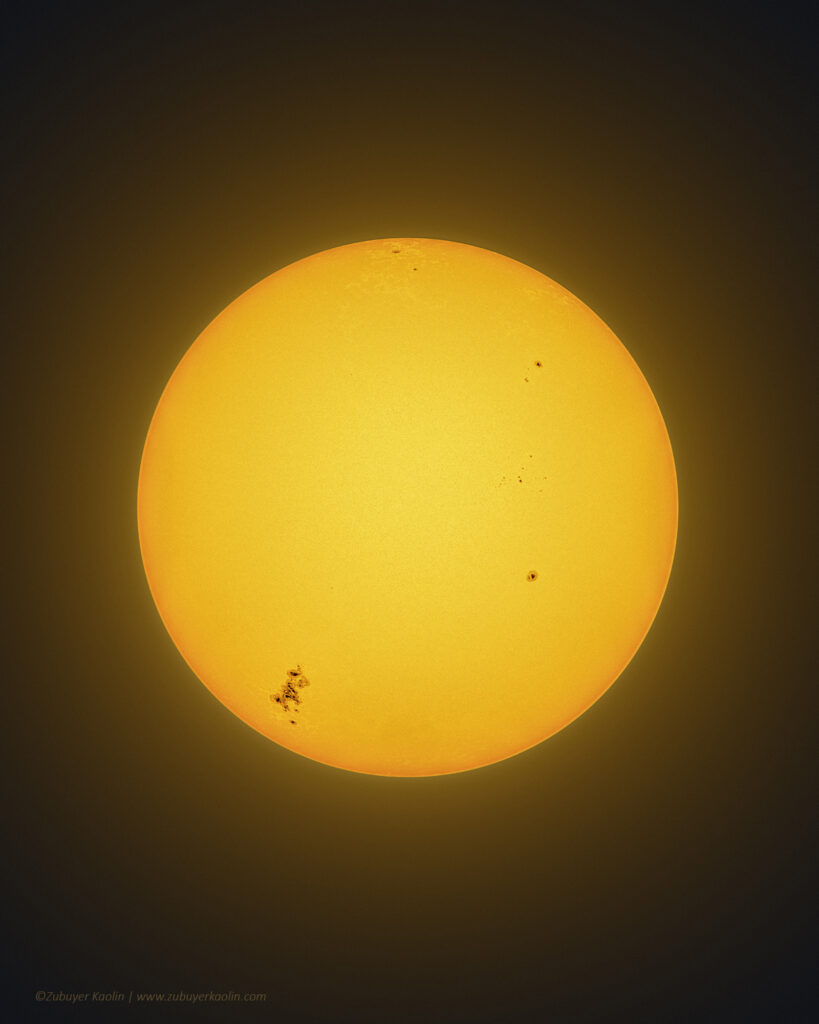
Vignetting
The lens shows some vignetting in the corners on Sony full frame cameras which TTArtisan admitted on their website. The effect slightly improved at higher f-stops and supposedly goes away at f22. This is probably caused by the narrow diameter of the Sony E mount. It is a non issue on any APS-C size sensor cameras. I cannot confirm the results on other cameras as I only tested this on Sony full frame and APS-C cameras.

Sharpness and Contrast
At its widest aperture of f6.3 the lens is a bit soft but it improves quite a bit at f8 and is at it’s best at f11. If you are using this lens to shoot distant landscapes or the moon I recommend using a tripod with aperture setting between f8-f11. Increasing the f-stop beyond f11 has no significant impact in sharpness.
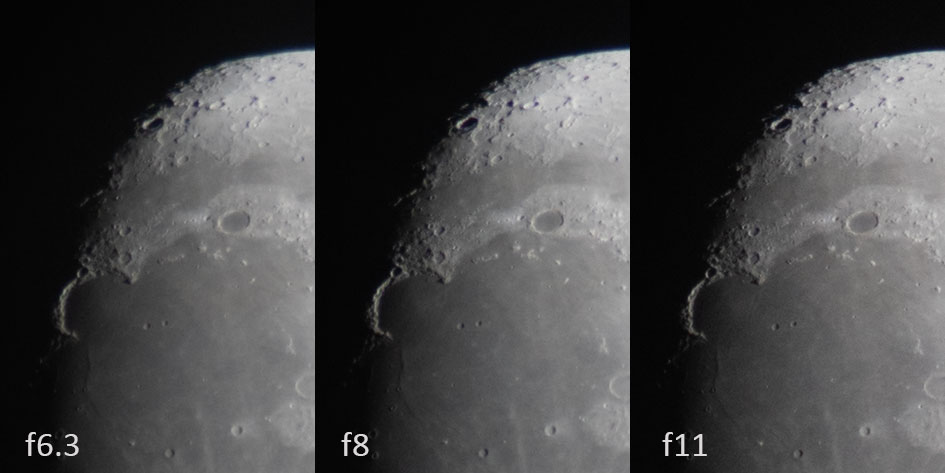
Distortion and Chromatic Aberration
I’m very happy to say that the lens shows no noticeable distortion but at its widest aperture it does show chromatic aberration in the form of blue fringing along high contrast edges. CA improves at higher f-stops between f8-f11. If some CA still remains, it can be easily removed in post processing. At this price point I don’t have a lot to complain about.

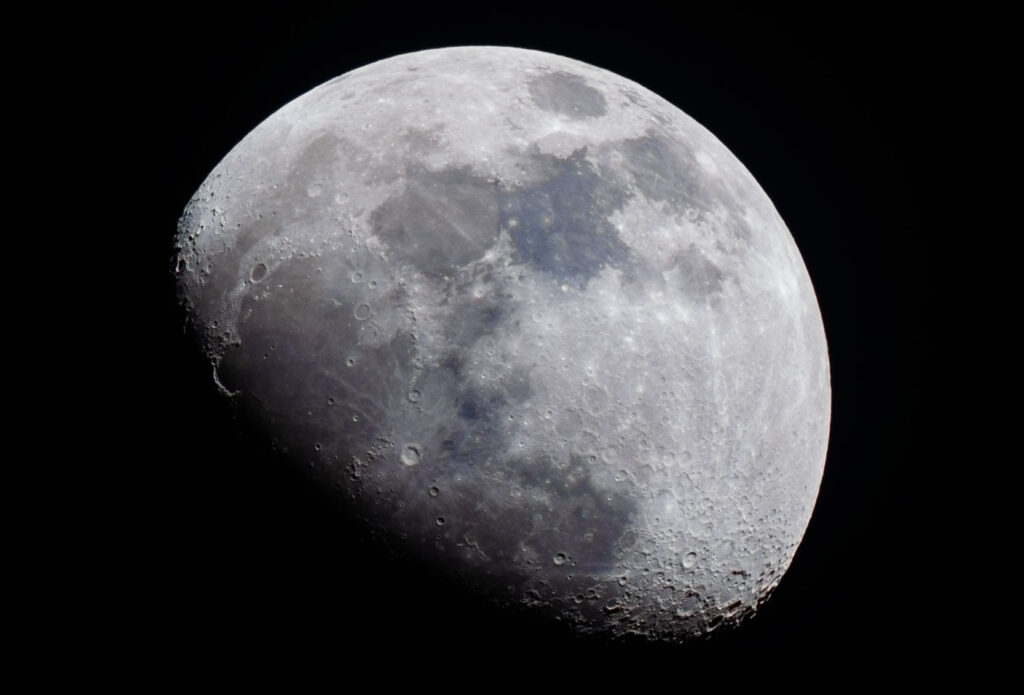
Star performance
I didn’t really get a good change to properly test this lens on deepsky targets due to bad weather but managed to capture 16 minutes of data on the Lagoon Nebula (M16) to demonstrate its star performance.
I used a Sony a6400 camera and Skywatcher Star Adventurer star tracker. Took 50×20 seconds exposures without any filters. Then I stacked the sub frames in DeepSkyStacker and removed gradients using Graxpert. Then I applied some noise reduction. I did not use any deconvolution to affect the star shapes nor have I done any color corrections.
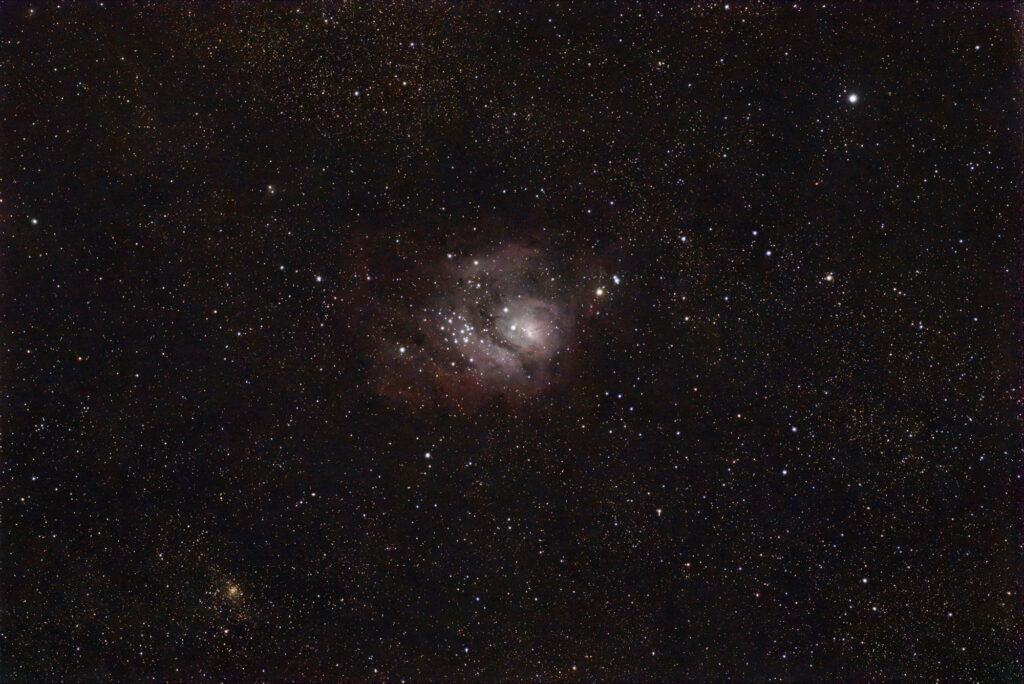
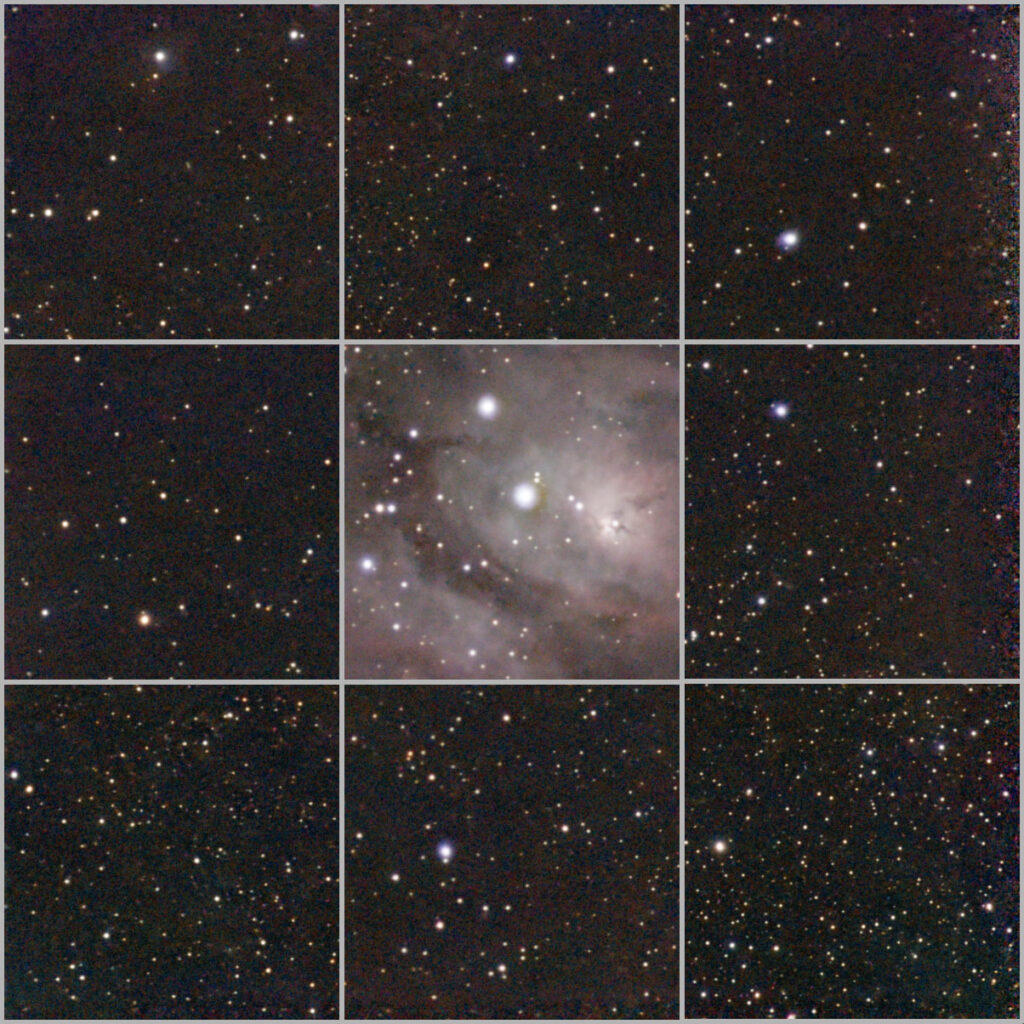
As you can see in this brief test, the stars look very promising. Some star shapes look a bit smeared but this could be because of wind, bad tracking or the lens mount adapter I was using. I’ll be doing more tests on deepsky objects and update this review. But what I see so far, the stars look nice and round. The corner performance looks very good with no star elongation or coma and the field looks quite flat. I expected this lens to perform lot worse considering its price point. I’m pleasantly surprised.
Pros and cons
Considering its price tag this lens has a lot of great features but you should also know that it has some limitations. Let’s talk about that.
Pros
- 500mm Focal length
- No visible lens distortion
- Solid full metal construction
- Smooth and sturdy focusing ring
- Comes with tripod mounting ring
- 2 ED glass elements
- Good image quality and color rendition
- Compact package
- Geared focus and aperture rings
Cons
- A bit soft at f6.3
- Declicked aperture ring
- Visible chromatic aberration at wide apertures
- No Autofocus and image stabilization
- Tripod mount not arca compatible
- Slow for fast action photography
Who is this lens for?
Astrophotographers! Yes, I think this lens will be a fantastic first purchase for an aspiring astrophotographer. This is a great alternative to a refractor telescope where you don’t have to fiddle with back focus distance or buy separate T-ring adapters. The focal length is great for shooting the moon, the sun and deepsky objects. The manual controls are very convenient and can easily be adapted for astro autofocusing systems. This lens can open up a universe of possibilities.
Conclusion
Based on my tests the TTArtisan 500mm f6.3 lens performed beyond my expectation. This is not a perfect lens by any measure but for what it’s worth, it delivers very acceptable results. It is a fantastic kit to shoot celestial and static objects at a distance. The build quality is very good and the inclusion of ED glasses at this price point is a big win. Overall I am quite satisfied with this lens and see myself using it often. If you are in the market for a decent lens that will get you started in astrophotography then I can positively recommend this lens.
Here are my final scores:
Build Quality: 8 / 10
Optical Performance: 7.5 / 10
Features: 6.5 / 10
Value for money: 10 / 10
Overall: 8 / 10
If you find this review helpful, feel free to leave a comment below. Let me know if you have any additional questions or thoughts. And if you plan to buy this lens, please use my affiliate link below. With every purchase I get a small kickback at no extra cost to you. This will support me greatly and help me create more and better contents. Thank you!
Share on:
18 responses to “TTArtisan 500mm f6.3 – Is it good for astrophotography?”
-
Gran treball Zubuyetr Kaolin. Estic iniciant-me en el mon de l’astrofotografia amateur. Vaig a comprar primer la Star Adventurer GTI. Jo tinc la Sony A6600 . Pensaré també en provar este objectiu. Gràcies
-
Thank you! Best of luck 🙂
-
Excellent review! Thanks for sharing it 😊
-
Thank you! Hope it was helpful 🙂
-
-
-
Per cert. Quin adaptador gastes per a montar en una Sony montura E?
-
I used an Andoer branded EOS to NEX converter.
-
-
Great review, it’s insightful and well researched. The comparison shots are particularly useful. Appreciate the honesty as well 🙂 Do more!
-
Hi, I’ve noticed that you have mounted a motor on declination of Star Adventurer. Is there a link for this kind of diy project ? Thanks.
-
Hi, this is my own project and I developed it. I do have plans to release it at some point as I’m still refining it. Please follow me on social media for updates 🙂
-
-
To Zubuyer Kaolin, we owe a heartfelt thank you. Your work has not only captured the beauty of the universe but also inspired us to reconnect—with the sky, with the moon, with space, and ultimately with the Divine. Best wishes with love…..
-
Thanks for the review. I have been shooting DSOs with this combined with a Nikon Z8 and a AM5 tracker. M31,42 horse head nebula etc. great results given I am still very new to processing. Originally bought it for the Solar eclipse earlier this year. Some of my examples are o FB Astrophotography.
Do you have any advice how to attach EAF to the lens?-
Hi Jakub, you’re welcome. That sounds great! I designed a whole double ringed mount for this lens. It should also be easy to adapt an EAF to it. I would recommend you subscribing me on YouTube or on Facebook to stay updated on the progress 🙂
YT: @ZubuyerLooksUp
FB: @zubuyer
-
-
Did you take these photos away from light pollution?
-
No really. I took them from my heavily polluted city during some clear weather.
-
-
Do you recommend stepping down to F/8 for deep sky astrophotography w/ a star tracker, or would you shoot wide open? Area I’m shooting is bortle 3.
-
No, I recommend shooting wide open for deepsky as you can use deconvolution techniques to improve your star shapes. I would recommend stopping down to f8-f9 for lunar work as that improves chromatic aberrations a bit.
-
-
Anyone connected this lens to a Vixen style dovetail? I doubt using 500mm without guiding is worth any time spent. I want to mount it over Zwo AM3 mount
-
I made a 3D printed ring and dovetail system along with a guider shoe. It works really well. Will be sharing that soon.
-
Leave a Reply